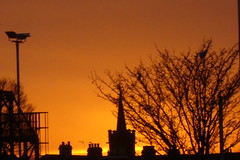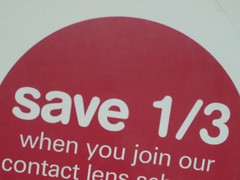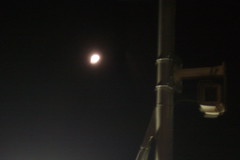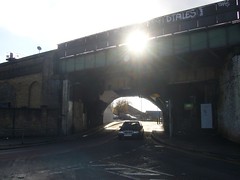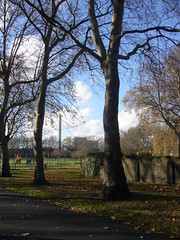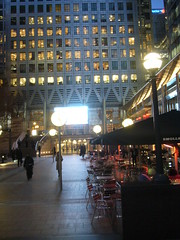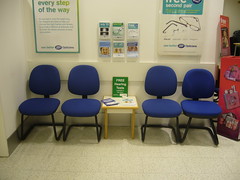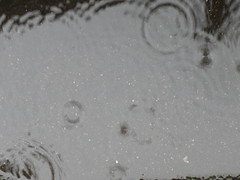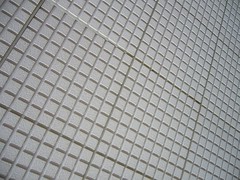 Digital cameras have been with us now for well over a decade. But three things have changed in that time.
Digital cameras have been with us now for well over a decade. But three things have changed in that time.
Firstly, you get a bigger bang for your buck, in terms of image size and quality.
Secondly, cameras on mobile phones have become good enough to mean that people can now dispense with the camera as their means of taking pictures.
And thirdly, cameras have now become inexpensive enough to start to make class sets viable. So what does all this mean for using ed tech in the curriculum?
It represents a democratisation of picture-taking, by which I mean that the means of taking high quality digital photos is now, or could be, in the hands of every child. In fact, if a school doesn't have the resources to provide class sets of digicams (actually, you only need one or two class sets, available on a loan basis to each teacher), by allowing children to bring their cell phones to school they could skirt around the financial problem. "All" they need to do is to ensure that there are easy ways to transfer pupils' photos from their cameras to a computer or website. But even if that is not practicable, the very fact that digital photography, in one form or another, is so ubiquitous means that a teacher doesn't have as huge a barrier to utilising photography as a means of learning as may once have been the case.
So what exactly can a teacher or her pupils do with a camera that couldn't be done without one? I have started to think of the camera as a kind of visual form of Twitter. In Twitter, you have a maximum of 140 characters in which to express yourself. With a camera, you have just a 4 x 3 (or whatever) frame in which to capture the essence of a scene.
And here is the interesting part: move forward or sideways one step, and everything changes. Not just the composition of the picture, but what is included or excluded. In fact, by seeing the world through a lens, you start to notice things and, more importantly I think, evaluate things. For example, would this look good in the picture or not? Should I switch to black and white? Is this object or person out of place here?
I usually take my camera with me now wherever I go, even on a local shopping trip, because you never know what jewels await discovery. Yesterday, for example, I went out for a walk on what was an ordinary late autumn afternoon in a pretty ordinary urban street. Something made me turn around, and the result was this.
Believe it or not, I haven't messed around with that in Photoshop or anything like that.
So, where does the curriculum come in? I think both the teacher and the pupil have a lot to offer here. Let's take the teacher first. What sort of pictures would illustrate your subject?
To some extent, there are obvious answers. For example, if you teach mathematics, you could take pictures of numbers. At the very least, that would help to raise pupils' awareness of the presence of numbers everywhere, even in unexpected places. Going further, you could use it to discuss the differences between ways of expressing the same thing, as in these two photos:
Yes, I know that 30% and 1/3 are not quite the same, but you can see what I'm getting at. Apparently, most people, in the UK at least, don't understand percentages. (There was a marvellous headline in the Daily Telegraph some years ago which was something like “47% (that’s nearly half) of people don’t understand percentages”.) If that is the case, then how you choose to express a discount or a price rise may well be influenced by that knowledge. Perhaps there is also a starting point for a lesson in Citizenship here?
But I think we can go beyond the obvious. Again, with mathematics in mind, look at these pictures:
Both depict the moon, obviously, but it seems to me that there is also a teachable point here about scale and distance and that sort of thing, because in both photos the moon looks a lot closer than it actually is.
Now, if these sorts of examples seem facile to you, please bear in mind that my role here is simply to suggest ideas. What I know about mathematics you could probably write on the back of a postage stamp and still have room for marginal notes. So, focus on the principle instead!
We tend to see pictures as self-contained, but sometimes putting them side by side or in a sequence gives a different perspective. For example, look at this picture:
Now look at this:
You may find this hard to believe, but the second picture was taken across the road from the first. The first picture tells you something of the economic status of the area, or at least you could probably make some educated guesses. But does the second picture confirm or challenge your inferences?
In fact, although the park scene looks picturesque, a study of the original photo, which is too large to reproduce here, indicates a row of houses in the background that is not immediately apparent, but which confirms the fact that this is not a wealthy area.
So why is there a park here, and what are to make of various councillors' plans to cut back on such green spaces in order to build more houses?
Now look at these pictures:
This is the financial heart of London, a mere 20 minutes away from the previous area, using public transport. What does this tell us about the location of industry, economic development and other such issues? Perhaps we could delve into other matters too, such as ways of relaxing. In the picture on the left, there is a restaurant. How does this compare with the park as a way of winding down?
A teacher could also use photos as stimuli for a piece of work, or simply to get the pupils' creative juices flowing. For example, who is this man in the picture, and where has he been, and where is he going? In the second photo, who has just been waiting in this area? Who will come along next?
Turning now to the pupils, why not ask them to go out, in pairs, taking photos that illustrate particular aspects of a subject? Or to take pictures that they can bring back and use in art, or music. Here are a few I took which I think illustrate my point:
Or perhaps you might ask them to look for examples of poor or ambiguous use of English, such as here:
I am sure that you can think of better illustrations to use for your own subject area, but I hope this has sparked off a few ideas. If nothing else, you could encourage your pupils to create their own "clip art".
Many of the illustrations I use on this website are photos which I took myself. I think it makes one's work much more interesting than the standard fare you get with commercial applications. And Creative Commons licensing makes it easy to use other people's photos in a fair and honest way that doesn't land you in hot water.
You can see more of my photos here. Feel free to use them for non-commercial purposes as long as they're attributed.
See also Friday Photo and In the picture
This is an amended version of an article that was first published on the Technology & Learning blog. It was then published on the original ICT in Education website.

